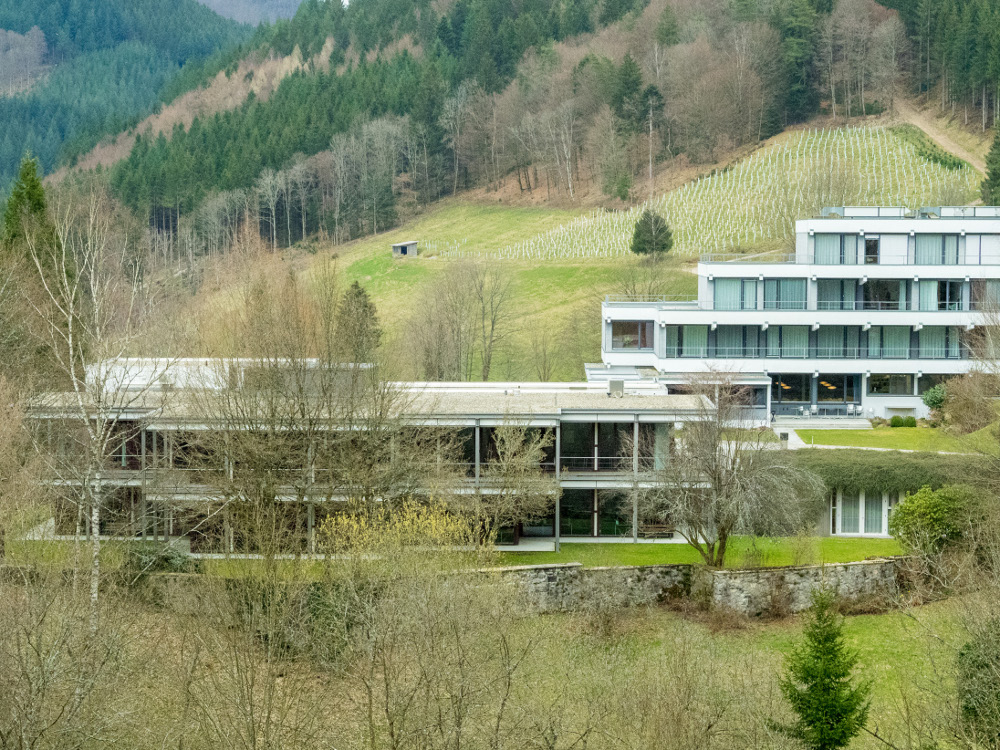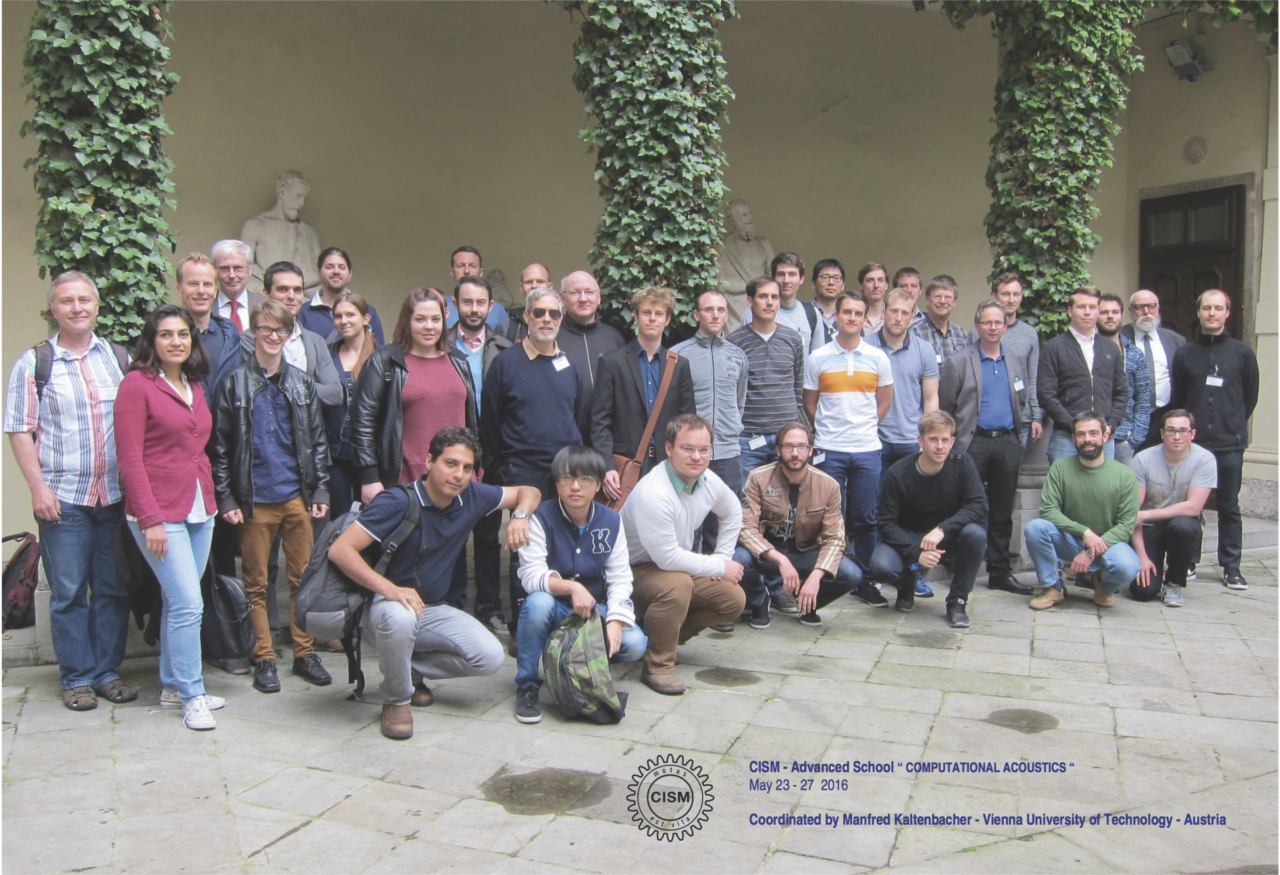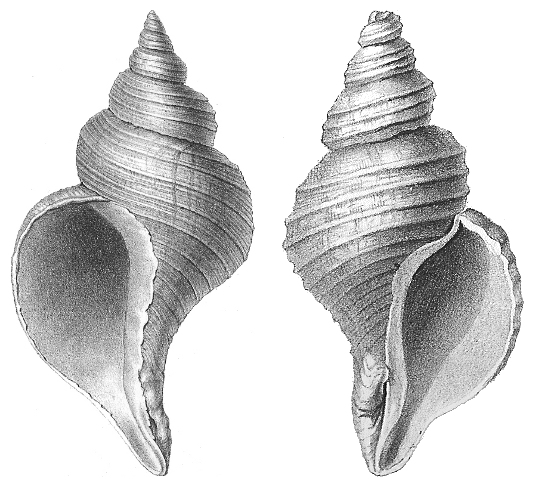
“Tübingen, in der Nähe von Oberwolfach”, was für viele Menschen wie eine absurde Ortsbeschreibung klingt, ist unter Mathematikern absolut verständlich. Denn im beschaulichen Oberwolfach im Schwarzwald befindet sich das Mathematische Forschungsinstitut Oberwolfach (MFO). Es bietet Platz für Workshops, Sommerschulen und Forschungsaufenthalte und beherbergt eine der größten mathematischen Bibliotheken der Welt, ein Mekka für Mathematiker. Ende März nahmen sechs von uns am Workshop “Geometric Numerical Integration” teil: neben mir die beiden Organisatoren Marlis Hochbruck und Christian Lubich sowie Volker Grimm, Tobias Jahnke und Katharina Schratz.




